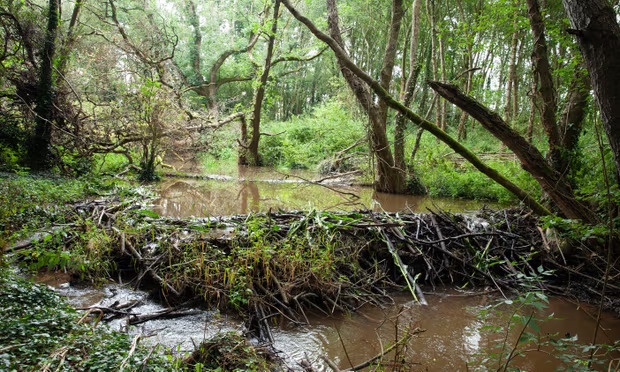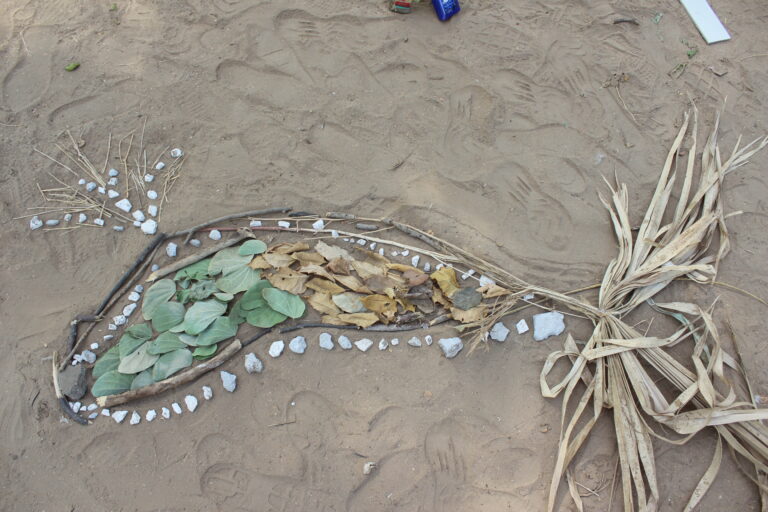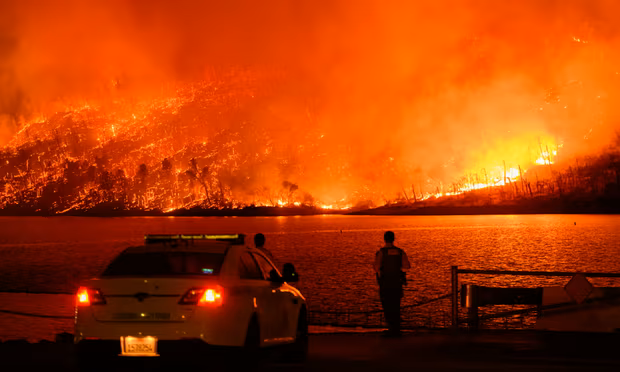Interconnections in Nature – Some Examples From Across the World
[Article first published by Amit Arora on LinkedInon 7-Sep-24, International Vulture Awareness Day (IVAD)]
What is the need of bees? What is the need of butterflies? What do wasps do? What is the need of insects? Why do we have ants? Do we really need bats or squirrels?
Some of these questions are easier to answer owing to a lot of research by scientists and work around conservation of some species. So, it is easy to explain the role of bees and butterflies as pollinators becasue many children have read about it in their school text books or read a research around it. But may be for some other questions, or for some other species these questions are not easy to answer due to a lack of research and hence difficulty in showing the interconnections and the role of these species.
Of the approximately 1.5 million to 1.7 million identified species (with some duplication) across taxonomic groups, there are some groups like mammals, birds and reptiles that are much more studied than the others. Hence, our understanding of the role and interconnections of these lesser-studied groups and species remains quite limited at best.
However, what remains true is that whether or not we understand the interconnections, their impact on our lives and ecosystems shall be underestimated only at our own risk.
On this International Vulture Awareness Day (IVAD), below we bring some examples of the interconnections in nature that will allow us to see clearly the intricacies of these connections that we might not see from the surface.
Vultures and their role as scavengers and saviours – Example from India
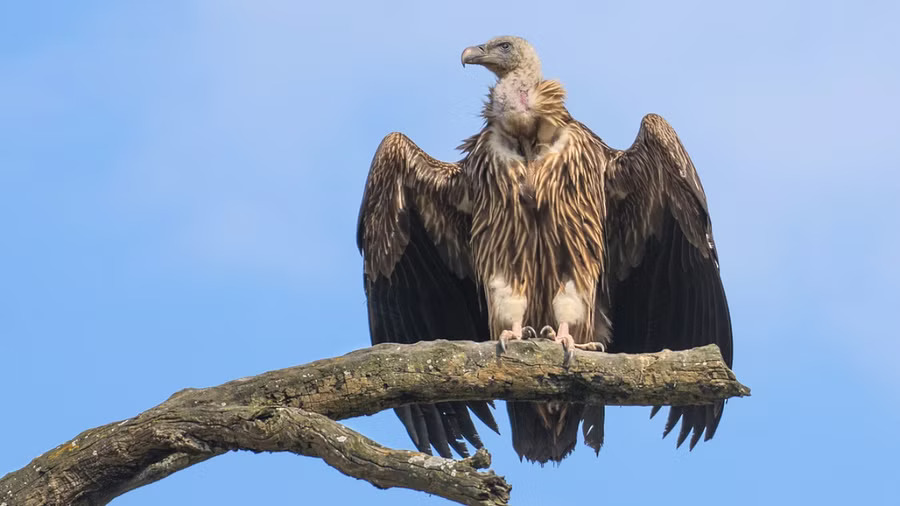
The first Saturday of September is commemorated as the International Vulture Awareness Day (IVAD). And this being their day, let’s start with the role the vultures have played. There are nine known species of vultures in India and they are known as nature’s scavengers. They have the ability to eat away carcasses before they can spread pathogens in the environment and hence keeping it clean. Before mid-1990s – as per estimates- there were about 50 million vultures in India. Between mid-1990s and 2005, this population suddenly declined by 90% – 95%. A drug – diclofenac – used to treat sick cattle was killing vultures. How?
The vultures that fed on the carcasses of cattle treated with diclofenac died from kidney failure. This led to a catastrophic reduction in vulture numbers in India in just a decade.
This is just one part of the story. The other part shows intricate interconnections that will be missed unless a species becomes extint or critically endangered.
A new peer-reviewed research has now estimated that “unintentional decimation of these heavy, scavenging birds allowed deadly bacteria and infections to proliferate, leading to the deaths of about half a million people over five years“
500,000 additional human deaths over a period of five years due to reduced number of vultures is not easy to comprehend. But such are the intricate connections in nature.
Reduced Bats and impact on infant mortality – Example from US
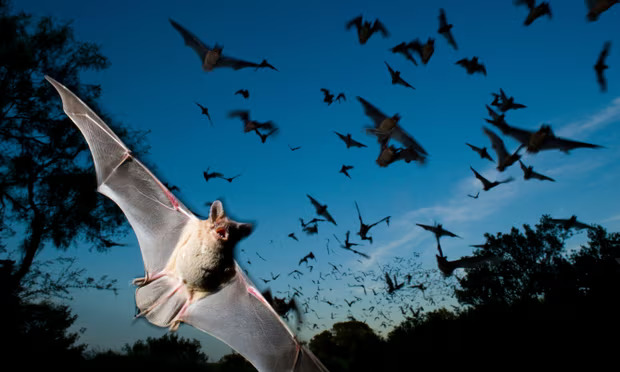
For farmers, bats are considered a very helpful biological pest control system. In 2006 a deadly fungus – that causes white nose syndrome – started killing bat colonies across US. In a research published in the Science journal, the researcher shows a causal link between the reduced bat numbers and the incraese in infant mortality by 8% in the US.
Insectivorous bats can eat about 40% of their bodyweight in insects every night, including many crop pests. Their reduction (or disapperance) meant that farmers began compensating for the loss of bats by increasing the use of insecticides by around 31%
The researcher than looked at the infant mortality rate across affected counties. These counties had, on an average, an infant death rate 7.9% higher compared to counties with healthy bats (the control group), despite pesticide use being within regulatory limits. That equated to 1,334 extra infant deaths in the affected counties.
So, a reduction in bat numbers meant lesser biological pest control, making farmers rely more on insecticides leading to increased toxicity causing a higher infant mortality. What a connection!!
As humans, we tend to take the ecosystem services provided by these species (and others) for granted without thinking what would happen if they are not there.
Beavers’ as ecosystem engineers – Example from UK

Beavers build dams and are one of nature’s beautiful example of engineers. The Eurasian beaver is a large semi-aquatic mammal and one of the largest rodents in the world. Their thick, waterproof fur and broad, leathery tail make them excellent swimmers. They have huge orange teeth hardened with iron that they use to cut waterside trees by gnawing on the stems.
Once widespread in the UK, the beavers were widely hunted for their fur and scent, and thus they became extinct by the 16th century leading to a hugely changed landscape.
Beavers play an important – albeit less understood – role in the complex wetland ecosystems, creating habitats for many other plant, insect and mammal species. Few other animals have the ability to modify and shape their surrounding environment like the beaver does. Their damming creates complex pools, providing both deeper water and shallow, fast-flowing areas, important for a range of aquatic life. Pools of standing water are also great for supporting frogspawn and tadpoles.
Coppicing (cutting of trees / shrubs that stimulates growth) by beavers opens up the canopy, increasing lights levels, thus creating areas of vegetation that are very important for the breeding birds that can feed on insects around the dams. How they feed increases deadwood, benefitting an abundance of invertebrates. For these reasons, beavers are often referred to as ‘ecosystem engineers’.
The River Otter Beaver Trial started as a 5-year trial reintroduction of Eurasian beavers into the wild in south east Devon by the Devon Wildlife Trust (under license). It began with two family groups of beavers in 2015which have now bred and dispersed throughout the catchment. The Wildlife Trust estimates that the industrious rodents are now living in 20 separate family territories along the river and its tributaries.
A study by the University of Exeter found that together the wetlands created by the beavers were storing more than 24 million litres of water. Using data from the river gauging stations, researchers found that beaver dams and their wetlands can significantly reduce storm flows by an average of 30% during periods of heavy rainfall – reducing the flood risk to communities downstream.
The raised water table has seen wetlands bloom around the beaver habitats – thick reeds, marshland, deep pools of water – bringing with them benefits for diversifying wildlife and capturing carbon, a vital natural defence against the climate emergency.
Across UK, there are now beaver-bombings by environmentalists and conservationists who want the government to take action towards introducing beavers into wild and protect them as the benefits to the environment from these ecosystem engineers are for all to see.
Wolves’ role as keystone species – Example from US
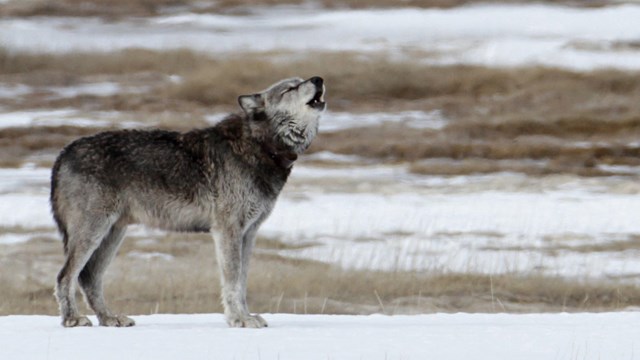
Loss of habitat, hunting and extermination led to the near demise of the grey wolves from US by the early 1900s. The Rocky Mountain Wolf was listed as endangered species in 1973 and Yellowstone National Park was identified as one the designated recovery area. From 1995 to 1997, 41 wild wolves from Canada and northwest Montana were released in Yellowstone. Their introduction led to something known as trophic cascade.
Trophic cascades are powerful indirect interactions that can control entire ecosystems. Trophic cascades occur when predators limit the density and/or behavior of their prey and thereby enhance survival of the next lower trophic level. With the introduction of wolves the population of elks began to be managed – from a high of 17,000 to about 4,000 in a few years time – thus restoring the ecological balance that had been unbalanced due to the demise/extermination of wolves from Yellowstone area during early 1990s to 1995.
But what happenned from early 1900s to 1995 that led to ecological imbalance?
With wolves, the elk’s main natural predator was gone, and their population more than doubled. Elk are both grazers and browsers, so they eat grass, shrubs, and trees. They overgraze the entire park, upsetting the natural balance of the ecosystem. Mice and rabbits could not use the plants to hide from predators, so their populations fell dramatically.
Grizzly bears suffered as the elk ate away their berry supply, which they need to build up fat before hibernating. Pollinators like bees and hummingbirds had fewer flowers to feed on. Perhaps the elk’s most devastating impact was how they affected the park’s riverbanks. When the wolf was around, elk were vulnerable when they moved down towards rivers to drink. They would never spend too long by the water, where they could be ambushed. Now with the apex predators gone, they gorged themselves faster than the shrubs could grow and gathered in great herds on the lush river banks. The massive elk’s hooves eroded the riverbanks, so the rivers and streams clouded with soil. The fish inherited murky homes, and without trees and clean water, beavers couldn’t build their dams to live in. Without the protection of the dams, fish, amphibians and otters suffered even more.
The reintroduction of grey wolves had an unexpected effect. Wolves contributed to bringing elk numbers down by about 75% from a high of 17,000. All of these elk kills meant more carcasses for scavengers like coyotes, eagles, and ravens. Grizzly bear numbers have increased, too. The bears benefit not from the elk kills, but more berries too.
And the elk’s fear of wolves gave the riverbank trees, like aspen and willow, a chance to regenerate. They can grow to five times their original size in just six years. The birds returned, too, and the bigger trees along the rivers meant greater root structures, which meant stronger riverbanks and less erosion. The return of the beaver dams createed new habitats for fish, amphibians, reptiles, and even otters.
Phew!! So much was restored in terms of biodiversity and ecological balance when one keystone species was reintroduced in the ecosystem.
End Note: The first two examples of vultures and bats show the important role of biodiversity for humans. These interconnections and social costs of loss of biodiversity and keystone species are easy to miss and therefore action is generally not taken towards conservation till it is too late. The above examples show the biodiversity and loss of species causes disruptions in human well-being, even if we are not aware of them just yet in many cases.


